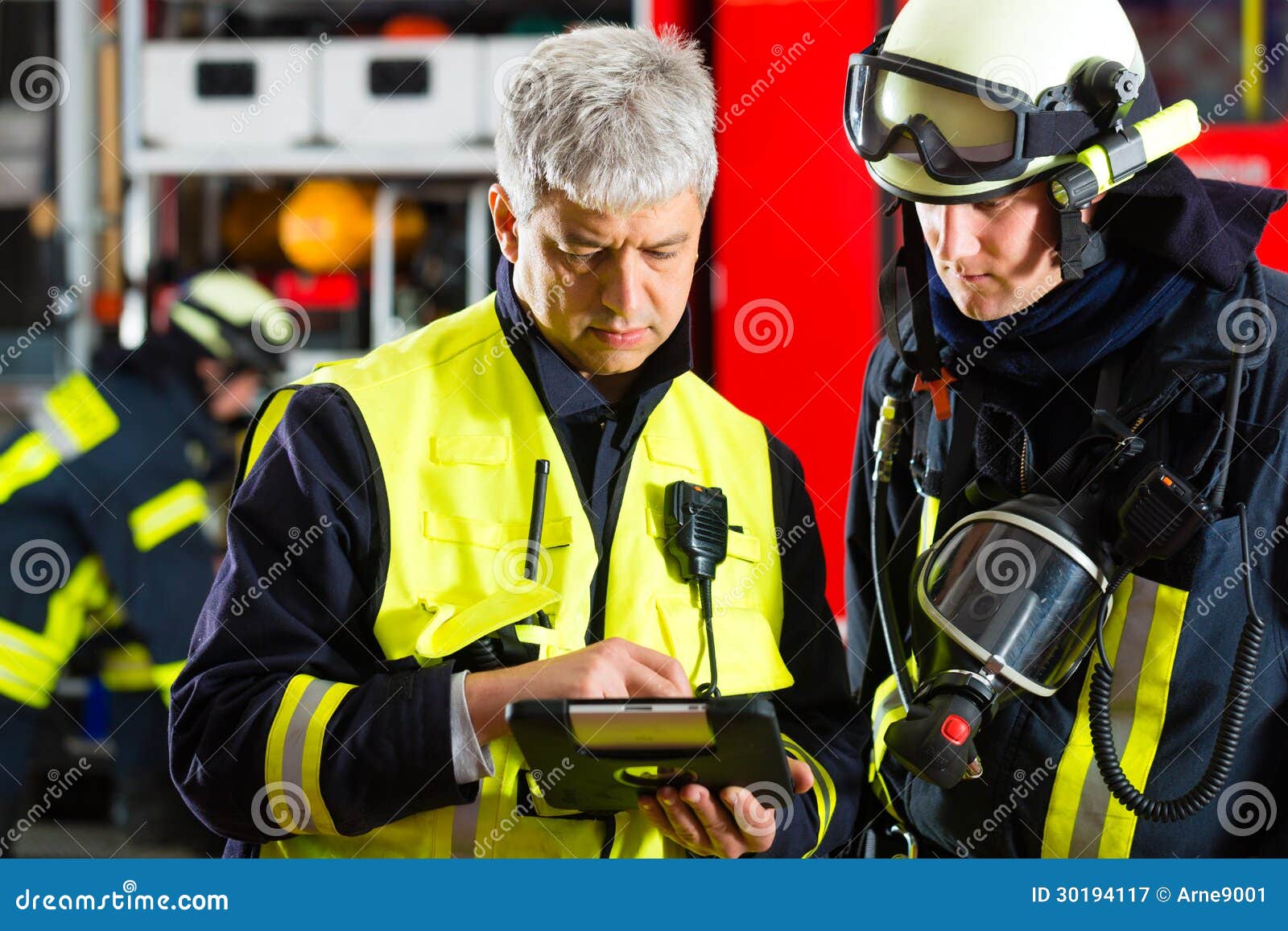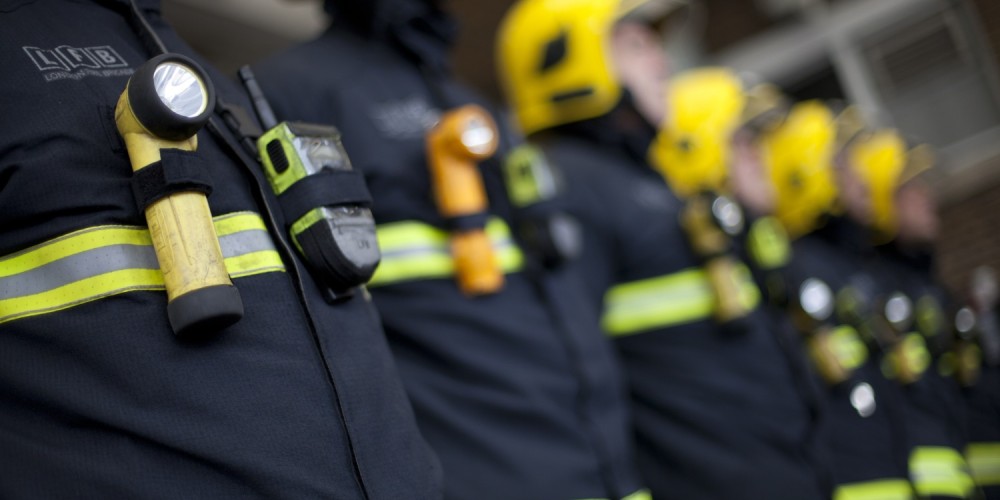Understanding the Role of Sprinkler Systems and Emergency Response Programs
Understanding the Role of Sprinkler Systems and Emergency Response Programs
Blog Article
A solid fire safety plan combines systems and trained responders. Sprinkler systems and emergency response drills work as complementary tools for managing emergencies efficiently.
The primary role of sprinklers is to suppress flames quickly, human responders complement the technology. Together, this synergy offers unmatched fire management capabilities.
The Basics of Sprinkler Systems
Fire sprinklers are designed to combat fires. Responding to rising heat levels, they direct water to the fire zone.

Primary benefits to use automatic suppression systems include:
- Early containment: Prevents fire from spreading.
- Self-activating systems: Operates without delays.
- Localized activation: Focuses on the fire-affected area.
Why Fire Brigade Training is Crucial
Fire emergency drills equips teams to act during fire crises. Even with top-tier suppression tools, human involvement remains critical.

Preparedness drills for brigades emphasize the following areas:
- Risk mitigation techniques: Reducing the likelihood of fires.
- Effective evacuation procedures: Improving evacuation speed.
- Training with firefighting tools: Gaining experience with tools.
redes de sprinklers
sistema de sprinklersO que é o sprinkler?
The Importance of Combining Systems and Training
Automated systems paired with trained responders create a balanced safety strategy. Advanced systems tackle the early stage, trained teams step in for complex situations.

This partnership reduces fire risks for homes and apartments, business properties, and large-scale facilities.
Conclusion: Prioritizing Fire Safety with Technology and Training
Reliable fire safety measures relies on both systems and responders. Sprinkler systems act as the first line of defense, while emergency drills handles complex challenges.
Build a safer future by acting today by scheduling fire brigade training. Your protection depends on readiness and tools!
Report this page